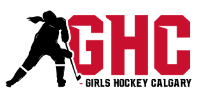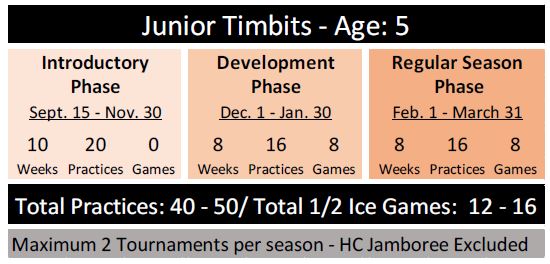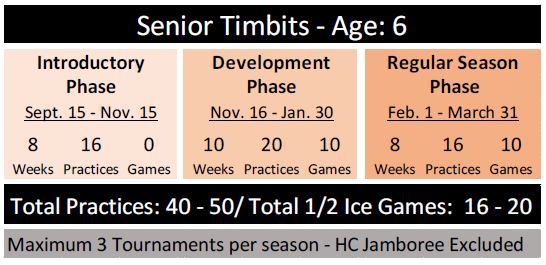FREQUENTLY ASKED QUESTIONS
FAQ
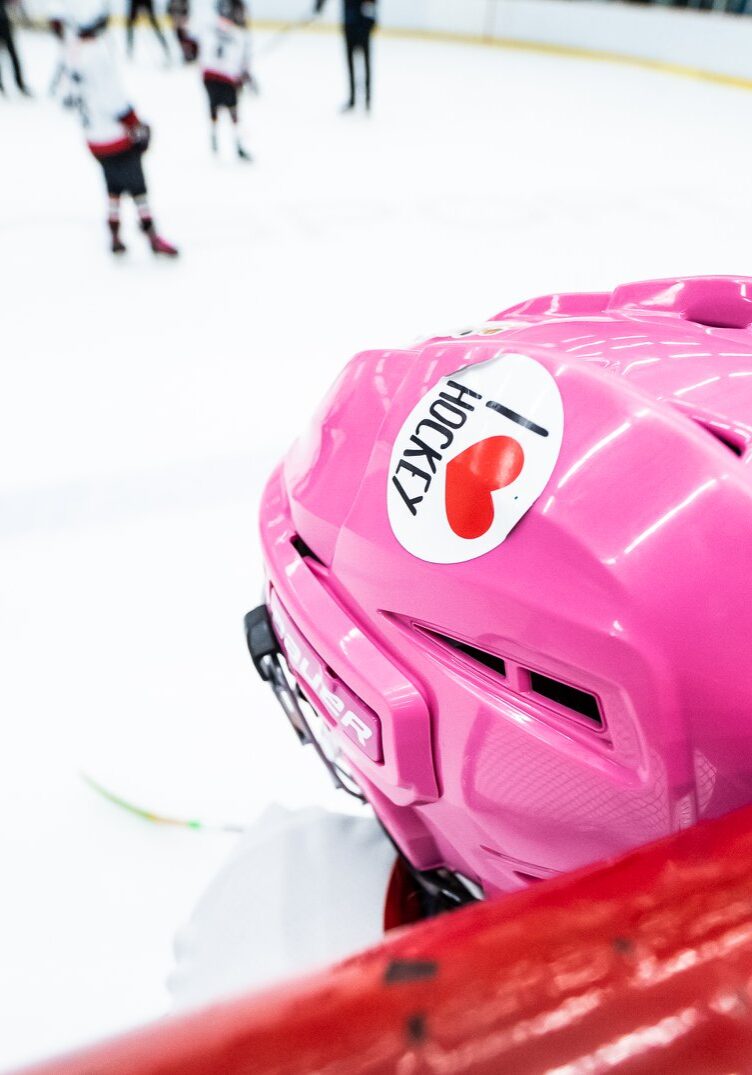
Have more questions? For general inquiries, please Contact Us or follow the communication process below.
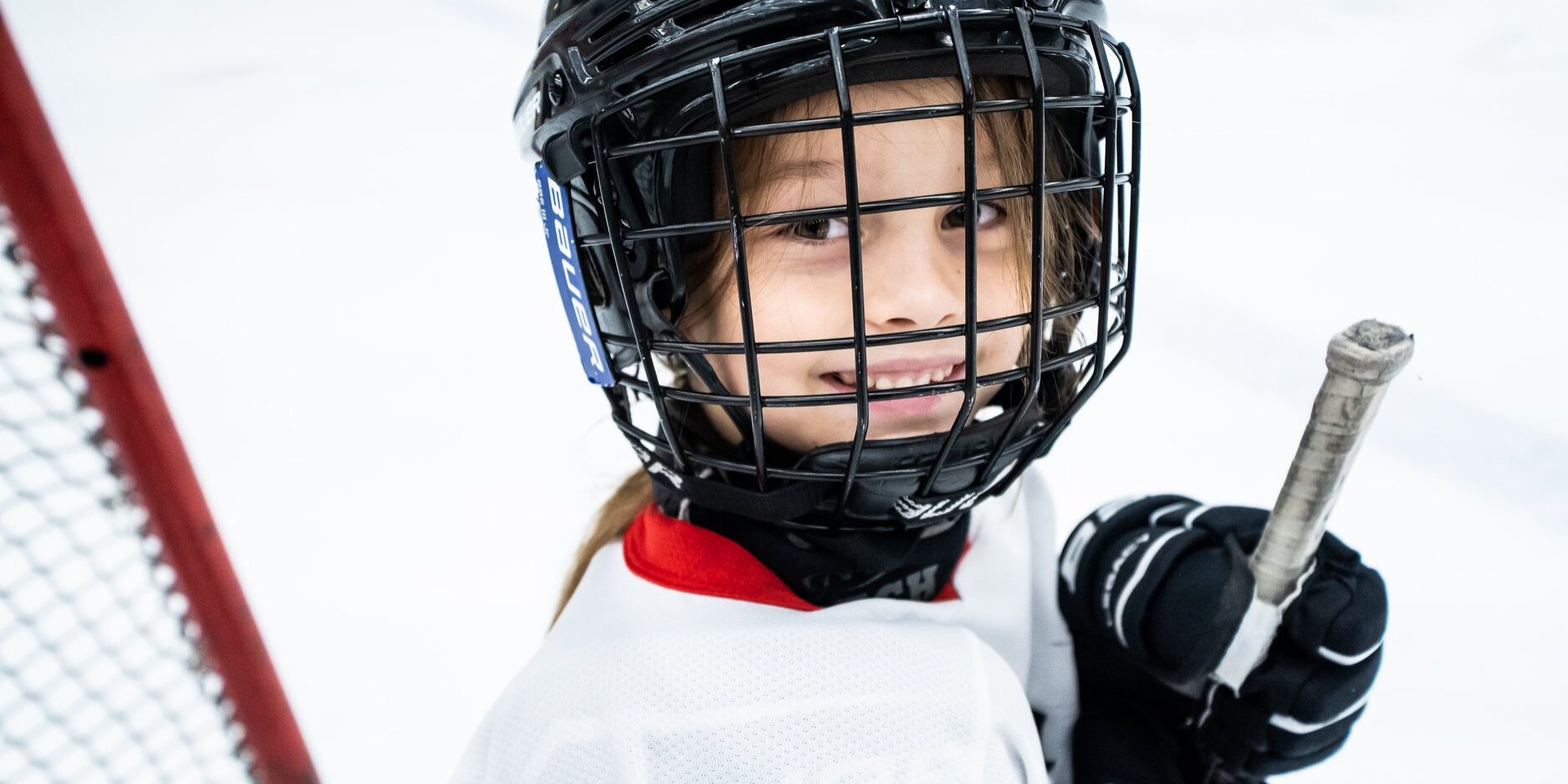
Does my daughter have to play in an all-female hockey association?
Female hockey players in Calgary can choose to play in our all-female association (GHC) or in the community association for their neighbourhood.
While more than half of female hockey players in Calgary play in GHC, many parents choose to register their daughter in their local community association for various reasons.
Girls who participate in sports have higher levels of self-esteem and lower levels of depression.
Recent health research has increased understanding in the sport community of the biological and physiological aspects that affect female athletes — what inspires performance, and what conditions are known to interfere with female athlete performance.
Here are some things to consider:
1. Coaching Strategies and Motivations
Coaching girls does not mean minimizing competition. Studies do show that male and female athletes are motivated differently and respond to different coaching stimuli — female athletes respond well to strategy, mastery, conscientious practice and team-building.
In other words, girls typically perform well when they have an understanding the the task, when they have an understanding of their role, and when they are a valued member of a team.
2. Confidence and Leadership
Studies show that there is a positive correlation between playing sports and increased confidence, body image, academic performance and personal relationships.
In their tween and teenage years, however, girls become dramatically less self-assured. Girls drop out of sports at twice the rate of boys by the age of 14. Barriers include limited confidence in their physical abilities, concerns about body weight or poor body image, internalized gender-based and stereo-typed beliefs about the (in)appropriateness of female participation in sport, and lack of programming and opportunities.
To optimize participation, performance and leadership, it is important for girls to have an environment that understands these factors in order to meets an athletes needs.
3. Physiological
In younger age divisions, the difference in performance potential between boys and girls is practically negligible.
Beginning at puberty, girls and boys excel in different areas athletically based on their bodies’ changes, such as height and weight fluctuations. It does not mean that boys are always stronger, faster, and better than girls — it means only that they are different, and should be valued as such.
(Of course, playing on a co-ed team is different than playing against a co-ed team — boys and girls can make great hockey rivals. Our GHC teams from Timbits to PeeWee are highly competitive against the co-ed teams in their divisions.)
4. The "Team" Experience
Building supportive relationships within sport is critical for engaging and retaining girls in sport. Key relationships include those between the coach and player and those among the players through friendship and team cohesion.
An athlete’s feeling that she is close to her teammates, that she and her team are aiming to reach the same goals, and the feeling that they are united and cohesive in this endeavor have been consistently shown to predict players’ motivation and continued participation in sport.
5. Gender Messages
Regardless of whether you and your daughter choose an all-female or co-ed hockey experience, it is important to avoid harmful and misguided gender messages:
"Girls can't play hockey."
"Boys teams have less 'drama.'"
"Boys are 'naturally' stronger and faster than girls."
"Girls will learn to be more aggressive on a co-ed team."
The idea that "boy's hockey" is better than "girl's hockey" just by the nature of their gender sends a negative message to our sons and daughters. It does not take into account the disparity in numbers, encouragement and opportunities, and it has the potential to diminish the participation of girls in sport all together.
As more female athletes participate in all-female sports, the quality of female programming will continue to increase.
Choosing an athletic experience for your daughter is an important and individual decision. Any environment, club or program that stimulates, inspires and supports your daughter's pursuit of sport now and into future is the right decision.
Sources:
- Coaching Through a Gender Lens: Maximizing Girls' Play and Potential, Women's Sport Foundation
- Actively Engaging Women and Girls: Addressing the Physco-Social Factors, Canadian Association for the Advancement of Women and Sport and Physical Activity (CAAWS)
Measuring Female Performance
“When the best of the women’s performance are compared to those of males across all sports, the difference in performance is approximately 10% in favor of males. This is regardless of training and experience.
The average difference in size is also about 10%. Sports for males have traditionally accommodated size difference effectively in such activities as wrestling, boxing, crew, etc. The male who wins in the lightest weight class is no less a boxer than the heavyweight. He is admired for his skill and ability in the competitive arena against similar competition; no one would consider pitting him against the heavyweight.
We should view the female athlete in the same way and recognize her ability, skill, and accomplishments, rather than comparing her performance to that of the male. In fact, if sports were entirely open, without any stratification or categories by age, sex, size, weight, etc., only the biggest, strongest males would ever get to compete — in anything.”
Women's Sport Foundation
Founded by Billie Jean King
